How To Heat Underneath A Mobile Home (Find Out Now!)

If there’s one thing that’s the bane of most mobile homeowners, it’s winter. Winter comes with the issue of frozen pipes, primarily because your home doesn’t have a way to keep pipes warm. I mean, the pipes are literally above ground and need a little heat from time to time. Are you struggling with that issue, too? You’re not alone. Here’s what you need to know…
People who are looking to add heat underneath their mobile homes have to think of prevention. By adding insulation around the skirt and avoiding drafts, it’s easier to lock in heat. Having reliable heat tape around your main water lines can help. If you’re looking for temporary heat while you’re working underneath the trailer, try a heat lamp.
Keeping your mobile home’s undercarriage at a reasonable temperature can be a daunting task, especially if you live in areas that are known for cold weather. This guide will give you a quick understanding of what you can do to keep your mobile home warm.
Do You Need a Heating and Cooling Contractor?
Get free, zero-commitment quotes from pro contractors near you.

What To Avoid When Heating Underneath A Mobile Home
Knowing what to avoid is just as important, if not more so, as knowing what to do when you want to provide heat. The following things are important to remember, if only for the safety of yourself and your home:
- Never try to use a small fire as a heat source underneath your trailer. This is common sense, but it still deserves to be said. Fire has no business near your home, especially in a position that could cook it.
- Use appropriate tools. There are several approved ways to help contain heat in your mobile home’s underside, including heat tape, insulation, and insulation borders around your home’s skirting. Sticking to the tried and true is a smart way to go about things.
- It’s okay to use a space heater as long as you are nearby and watching it. You can’t leave a space heater alone, underneath your home, plugged in. That’s a bad idea.
- Do not try to funnel smoke into the bottom of your home, or use gas-burning items. This, too, is a bad idea as a result of carbon monoxide poisoning.
Do You Have To Heat The Underside Of Your Home?
Here’s the thing about mobile home living: it’s all about location. If your area doesn’t drop below 30 degrees Fahrenheit, you don’t have to add heat if you don’t want to. Chances are that it won’t get cold enough (frequently enough) to warrant much hullaballoo.
What’s The Best Way To Heat Underneath A Mobile Home?
For the sake of this article, we’re going to assume that you want to add heat to a mobile home’s underside as a result of having frozen pipes—or wanting to prevent frozen pipes. So we’re going to gear our answers towards that for the time being and just say that the best way to provide heat to your home’s underside is through heat tape.
Heat tape is exactly what it sounds like. It’s a tape-like implement that uses a wire to transmit heat up and down the length of it. You can place it near plumbing pipes to prevent freezing, but it can also work fairly well on almost any type of metal material down there. When choosing a heat tape, get one that’s been certified by UL or CSA, and has an automatic thermostat to regulate your heat.
How Do You Install Heat Tape?
Most mobile homes will have heat tape as part of their underside when you first move in, but it’s not always the case. Here’s what you need to do in order to get started:
- Make sure that you don’t have any leaks in your plumbing. Once you’ve cleared that, bring the heat tape close to the plug. During this time, you also want to inspect your electrical equipment to make sure it isn’t frayed.
- Run the heat tape along your plumbing. Wrap it around the entirety of your plumbing so you don’t end up with freezing patches. Do not let the heat tape overlap itself, as it can cause a fire.
- Secure it in with electrical tape. It’s messy but it’ll get the job done. Do not try to cover your heat tape with insulation!
- Plug the heat tape in. You should have warmer pipes from now on. Just make sure that you’re not trying to plug it into an extension cord, as this can cause a fire.
- Replace the heat tape every three to five years. To make sure everything is still working well, we suggest doing an annual check-up on your tape before the winter weather begins.
What’s An Alternative To Heat Tape?
The other major freeze-preventing measure you can take that doesn’t involve eating up more electricity is to use insulation around your pipes. Something along the lines of foam or fiberglass, wrapped around your piping, will usually prevent your water’s temperature from dropping that low.
Of course, just keeping your mobile home’s skirt intact and breeze-free will help you keep heat underneath your home immensely. Even so, most people will need more than just a draft-free skirt to keep their place warm during serious winter storms. To find out more about how you can add insulation around your home, look up some winterization articles online.
What Can You Do To Heat Up Your Home’s Underside While You’re Working Under It?
Let’s say that you have a small problem that you need to fix underneath your home, and you don’t feel like doing it in icy cold weather. That’s totally normal and fairly understandable. The best thing you can do is remove drafts from the underside and to use a battery-operated space heater to keep you warm while you work.
While you’re using a space heater, make sure that it doesn’t stay near anything flammable and keep an eye on it. The space heater should be treated as a light fire hazard, simply because a little ignorance can cause a major issue. If you use a plug-in heater, avoid bringing it near anything that could be wet.
When Should You Call A Professional?
For the most part, adding a little heat to the underside of your mobile home shouldn’t be that big a deal. Most people are able to do it on their own fairly easily, without the use of specialty tools. However, you should always call a professional if you feel like you’re overwhelmed with details, if you don’t feel confident about the way you can fix things, or if you don’t want to do the work.
How Much Does Professional Pipe Heating Cost?
If you are going to hire a handyman to help you get your pipes warm or help bring heat under your home while you work, you can expect the bill to be an hourly issue. Installing heat tape professionally will cost between $12 and $20 per foot, so it can get fairly pricey if you choose to go with a contractor.
A cheaper alternative for people who don’t want to tinker with electric DIY is to tie insulation around piping. This will only cost as much as your foam or insulation tape, and won’t require professional aid.
If you need to seal an air leak in your manufactured home, the price varies wildly, with many leaks costing between $50 to $250 to repair. It’s best to get multiple quotes for this endeavor, simply because the prices that you get can vary wildly depending on who’s doing the work as well as the solution they offer.
Do You Need a Heating and Cooling Contractor?
Get free, zero-commitment quotes from pro contractors near you.

Related Questions
Why should I insulate my mobile home skirting?
Your mobile home skirting is meant to act as a barrier between the undercarriage of your home and the elements. However, air and debris can still get in. By adding a little insulation to your skirting, you complete an envelope that helps regulate heat and keep any heat that radiates from your home underneath. No matter how you look at it, it’s a good thing.
How cold does it have to be to make pipes freeze in a mobile home?
Though this can vary depending on the insulation and overall make of your mobile home, you generally have to dip below 20 degrees Fahrenheit to run the risk of having a frozen pipe in your mobile home. If you find that your pipes start to act up around 32 degrees, chances are that you have another problem with the underside of your mobile home that needs to be addressed.
How long do mobile homes last?
With all the rumors about mobile homes not being durable, it’s easy to believe that mobile homes can’t handle storms or aging very well. This isn’t always true. A study in 1990 showed that a typical mobile home can stick around for as long as 55.8 years and will more likely retain its value like a site-built home. So if durability was a worry of yours, think again.

Ossiana Tepfenhart is an expert writer, focusing on interior design and general home tips. Writing is her life, and it's what she does best. Her interests include art and real estate investments.
More by Ossiana Tepfenhart



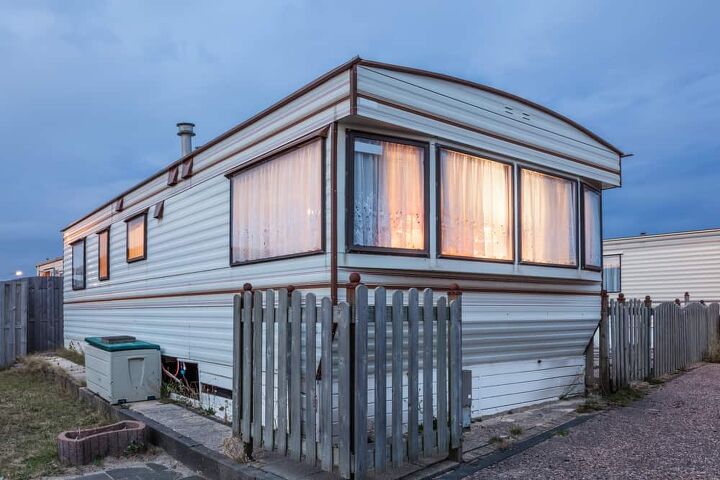






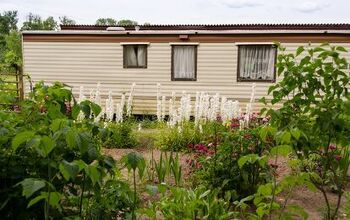
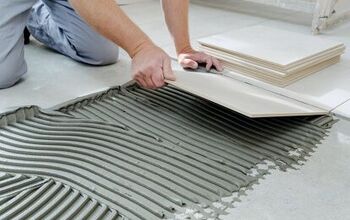
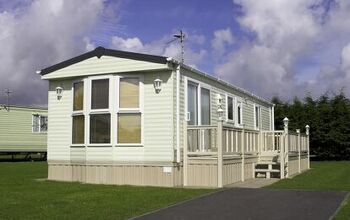

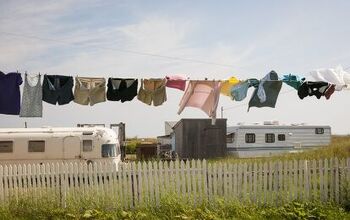









![10 Most Dangerous Neighborhoods in Baltimore [Updated]](https://cdn-fastly.upgradedhome.com/media/2023/07/31/9075655/10-most-dangerous-neighborhoods-in-baltimore-updated.jpg?size=350x220)


